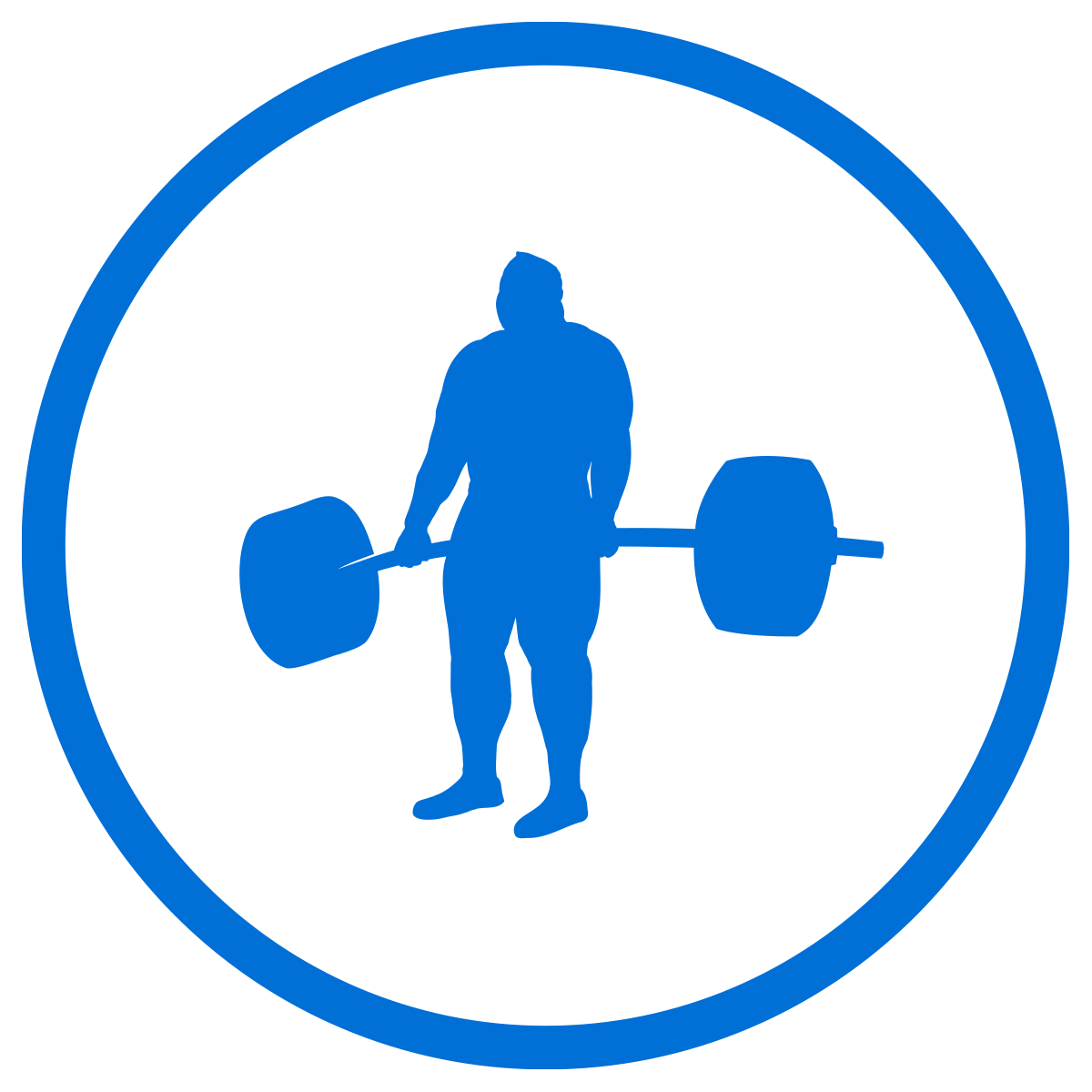 Key Concepts:
Key Concepts:
Leg Drive Mechanics:
Leg drive should push you back towards your head and onto your traps, rather than straight down, which can cause your butt to lift off the bench.
Whether you use a feet-tucked-under setup or a feet-out-in-front setup, the key is maintaining strong foot pressure and driving your toes into the ends of your shoes.
A helpful drill: Have a partner step lightly on your foot and cue you to wedge your foot under theirs, reinforcing the feeling of driving out and down at a 45-degree angle.
Bar Path & Energy Transfer:
The bench press should follow a slight “J” path—the bar moves back over the face before locking out.
This minimizes the moment arm, allowing for a stronger and more efficient press.
If the bar moves straight up from a low touch point, it increases the distance between the bar and the shoulders, making the lift harder.
Leg drive initiates the optimal bar path—if you rely only on your arms to move the bar back, you may delay or misdirect the movement.
 Takeaway:
Takeaway:
Mastering leg drive and bar path helps you create a stronger, more efficient bench press by maximizing leverage and reducing unnecessary strain. Drive back and up, not just down, and let the bar naturally follow a J-curve for better pressing power.
